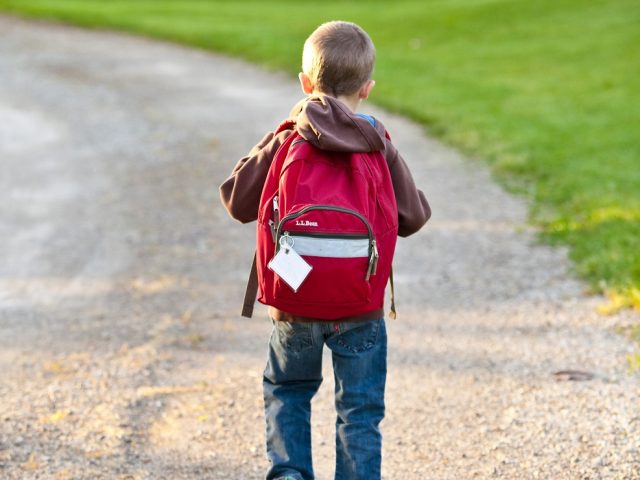
Child Pedestrian Injuries: A Health Equity Issue
A recent study published in the journal Injury Prevention reveals some troubling data about Ontario children involved in pedestrian-motor vehicle collisions.
Dr. Linda Rothman, a senior research associate at Sick Kids and the study’s lead author, puts it bluntly: “Simply put, poorer children are at an increased risk of getting hit by cars. Child pedestrian injury is a public health and health equity issue.”
The study found that while overall, the number of ER visits for Ontario children being hit by cars decreased from 2008 to 2015, not all socioeconomic groups benefitted. Over this time, children living in high-income areas saw fewer ER visits, while children in low-income areas had a growing number.
All told, “[t]he study’s authors say that means children in the highest-income areas had a rate of ER visits due to getting hit by vehicles that was 48 per cent lower than those in the lowest-income areas.”
Ample research shows that active school travel (walking or biking to school) has enormous benefits for kids: better physical and mental health, better alertness and attention during the school day, better air quality around schools, greater sense of independence, and beyond.
In addition to the benefits for kids themselves, society at large also benefits when more schoolchildren walk or bike to school, resulting in less pollution, less traffic congestion, safer school zones and better public health, to name a few.
So given all these benefits, it’s critical that we understand why children in poorer neighbourhoods are disproportionately injured by vehicles, so that we can try to change these outcomes.
The study didn’t find any definitive answers, but set out some theories as to why children in poorer neighbourhoods are more likely to be injured by vehicles:
- Children from low-income families are more likely to walk to school alone, which may put them at increased risk of injury
- A lack of well-maintained playgrounds could lead younger children to play in the streets and be exposed to traffic
- Request-based processes for traffic calming may favour communities with higher income levels
Keeping children safe from road violence must be a top priority for Ontario, especially when children with lower socioeconomic status experience these injuries disproportionately.
As Dr. Rothman notes, “Although progress has been made in reducing preventable pedestrian-motor vehicle collisions, more work remains to be done. Our streets should be safe for all children to walk to school, to the playground or to the park.”
